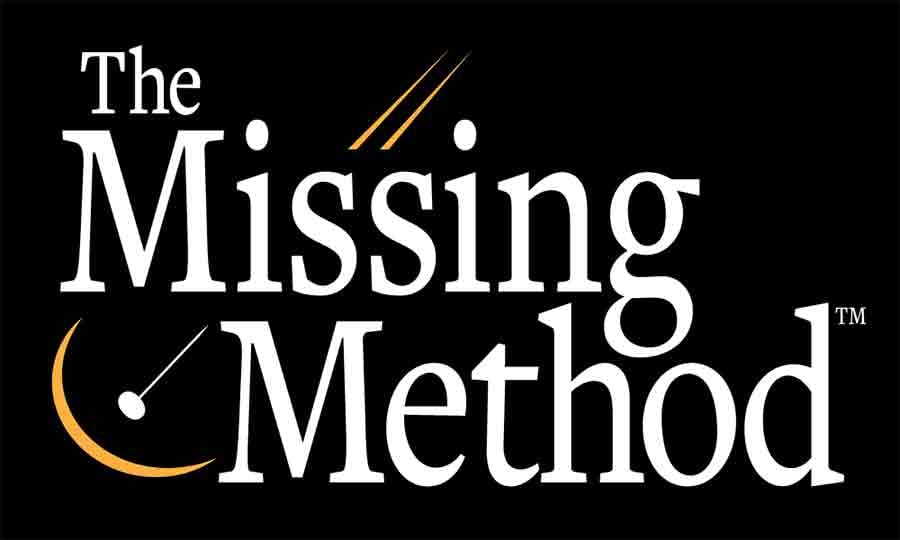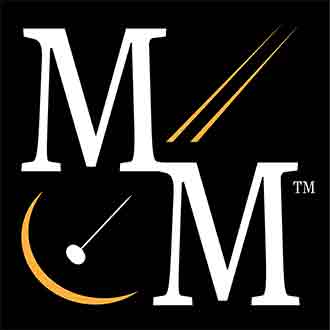This is Reading the Riff number seven, the Halloween edition. All right, so before we get started, make sure you download the PDF so you can follow along.
Now, as you can probably guess from the decorations I've got here, Halloween is definitely my favorite holiday. There's just no getting around it. And this year for Halloween, I wanted to show you how to play the theme from Halloween, the movie by John Carpenter. According to interviews with John Carpenter, he claims that this song was written in an hour and that the whole score for the movie Halloween was done in three days, writing it, recording it, putting it out there.
So he must've just had an idea in his head from the time they were shooting of what it would sound like. And when the time came, he was just itching to get to it because this theme is so good and so iconic. It's up there with Star Wars and Jaws. I mean, you hear it, you know what movie it is, even if you've never seen the movie. That's how good these tunes are.
So let's learn the sounds of Halloween. Okay. So first it's got an odd time signature. Now I've been looking this up and I was trying to figure out, okay, what time signature is it? A lot of people claim it's five-four time, so you'd have 1, 2, 3, 4, 5 1, 2, 3, 4, 5. But the way I hear it is you have three-four time for two measures and then two-four time for two measures. It kind of ends up being the same type of thing. The difference is how you're feeling it. For me I feel 1, 2, 3, 1, 2, 3, 1, 2. Or if you put it into the riff you can hear 1, 2, 3, 1, 2, 3 1 2 1 2 1 3 1. And then that repeats.
So I think if you think of it in those terms, three-four time to two-four time, it just makes it easier to remember. Second, in order to get that sound, it moves through perfect fifths, which are the basis of power chords, essentially that perfect fifth sound. Can you hear that's what a power chord is made up of, but then it moves just slightly outside of that power chord to get that flat six or the minor six sound and then comes back and it just works so well. And when you hear that you can't help, but think of Halloween, both the movie and the holiday.
Okay, so let me show you where your fingers are going to go. So these notes are pretty high up the fretboard. So the first note is actually the C-sharp, which is on the ninth fret of the first string. And then the other note is on the seventh fret of the second string. So there's a couple of ways you could do it. You could use your third finger and second finger and then have the pinky come on and off. Or you could use your pinky finger on the ninth fret and just slide it up to the 10th fret. Both kind of work. It just depends on what your fingers like to do.
So at the beginning of the song, we have 9 7, 7, 9, 7 7. That's the three-four time, 1, 2, 3, 1, 3. Then we do one, two with the same notes, nine to seven. Then we come up to 10 for the next set and then play that seven again. So wanted to keep that index finger held down on that seven the whole time. So for the first part of the riff, you get 1, 2, 3, 1, 2, 3, 1, 2, 1, 2, 3. And then, it shifts down by a half step. So instead of playing seven and nine, you're now playing six and eight, but you're doing the same thing, same counting with the pick: 1, 2, 3, 1, 2, 3, 1, 2, 1, 2, 3. Then it comes back up, et cetera.
All right. Then of course the song goes on and on, but that's the main riff. That's the main part. So I'm going to play through it all as it is in the PDF. And then we're going to talk about a different way that you can play it. So here we go. 1, 2, 3, 1, 2, 3.
And it goes on from there. All right. So that is one way that you can play it on a guitar and that will be good on any type of guitar. You can play it on an acoustic electric, whatever you want. The next version of that does the same thing, an octave higher. And it sounds even more like the theme from the movie, which is played, I think, on a synth or a keyboard or something like that.
And so what you do is you come up to the 21st fret and now you have to have a guitar with 22 frets because otherwise this isn't going to work because that 21st right is the starting note. And then you go to the 19th fret. So it looks the same, same interval as you were doing down here. But now we're on those last two dots on this Les Paul. So then you played the same way. You can hear it's got that spooky sound. It does sound a lot like the recording that you're used to hearing.
And of course, I just went down a half step there. So you could hear what that sounds like. And then you could continue the whole thing up in that octave. And it really sounds good.
Okay, so that is Reading the Riff number seven, the theme from Halloween. I hope you enjoy that. It's a pretty easy one to play, a lot of fun to play, and a great one to learn for this time of year.
So if you enjoyed that video, give me a thumbs up. Give me a like, subscribe to the channel. If you haven't yet. Then make sure you go to the missing method.com where you can find books that help you learn how to read. I happen to have the third book in the series here, which shows you how to read fret seven through 12, up in this position. But the fifth book in the series actually covers the notes that go way up the fret so you can learn all those super high ledger lined notes and learn how to read those with book five.
Also, while you're on the website, don't forget that you can get a free ebook and all you got to do sign up for our newsletter. That's all there is to it. So come over to the website, check us out and enjoy the tunes and keep practicing.
And Happy Halloween.



